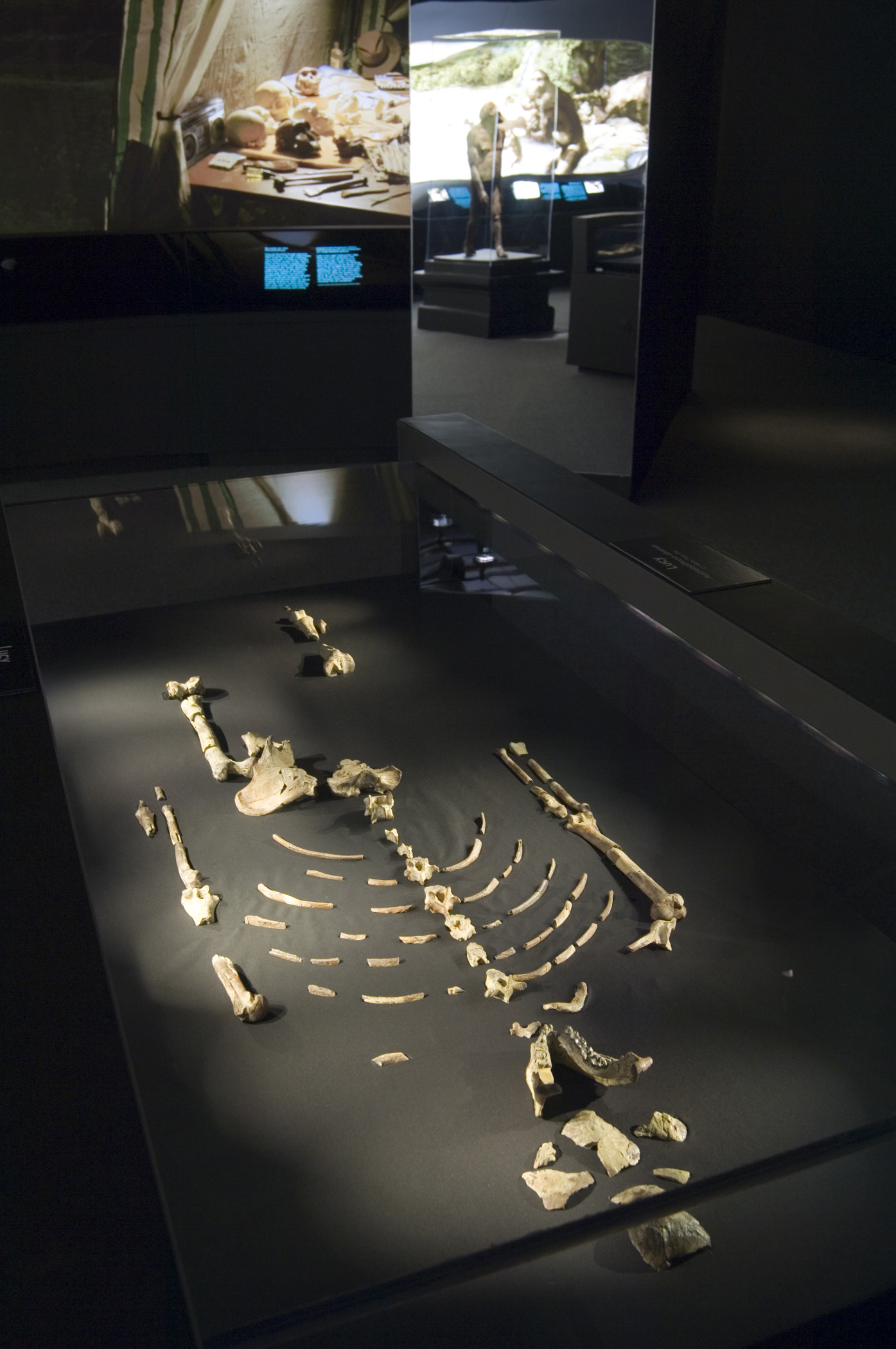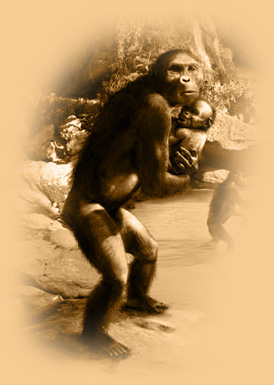The team that made the popular eSkeletons project has launched eLucy
has launched eLucy , a new site that supports Lucy’s American tour. “Lucy” is a partial skeleton of a 3.2 million-year-old Australopithecus afarensis. Evolutionary biologists consider the bones among the most important clues to the origins of the human race. Lucy almost certainly walked upright and had several other human characteristics but possessed a small, ape-like brain. Since she was discovered in 1974, she has come to represent a crucial link between people and other primates.
, a new site that supports Lucy’s American tour. “Lucy” is a partial skeleton of a 3.2 million-year-old Australopithecus afarensis. Evolutionary biologists consider the bones among the most important clues to the origins of the human race. Lucy almost certainly walked upright and had several other human characteristics but possessed a small, ape-like brain. Since she was discovered in 1974, she has come to represent a crucial link between people and other primates.
Lucy now and then

 The six-year tour has been controversial because the bones are extremely fragile, and several scientists involved in the discovery of Lucy have said that the bones should not be moved from their permanent home at the National Museum of Ethiopia. But the exhibit’s opening at the Houston Museum of Natural Science last September drew huge crowds, and its six-year tour of the U.S. will be an important opportunity for teachers of comparative anatomy.
The six-year tour has been controversial because the bones are extremely fragile, and several scientists involved in the discovery of Lucy have said that the bones should not be moved from their permanent home at the National Museum of Ethiopia. But the exhibit’s opening at the Houston Museum of Natural Science last September drew huge crowds, and its six-year tour of the U.S. will be an important opportunity for teachers of comparative anatomy.
Using the format of Eskeletons, eLucy.org lets visitors compare the bones of Australopithecus with those of a chimpanzee and a modern human. Eskeletons uses interactive Quicktime movies, cross-sectional views, pop-ups, and other online tricks to describe the bones of a human and 11 other species, including apes, lemurs, a marmoset, and a bushbaby.
The launch version of eLucy is simpler, but several activities for students and teachers are already available, and more are planned.


Leave a Comment
* You can follow any responses to this entry through the RSS 2.0 feed.